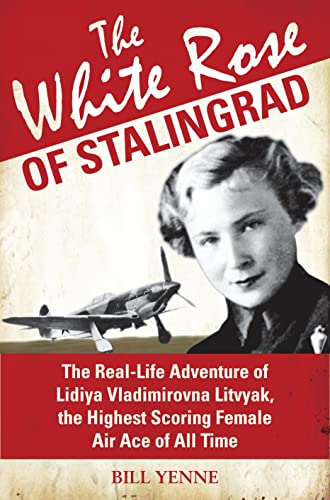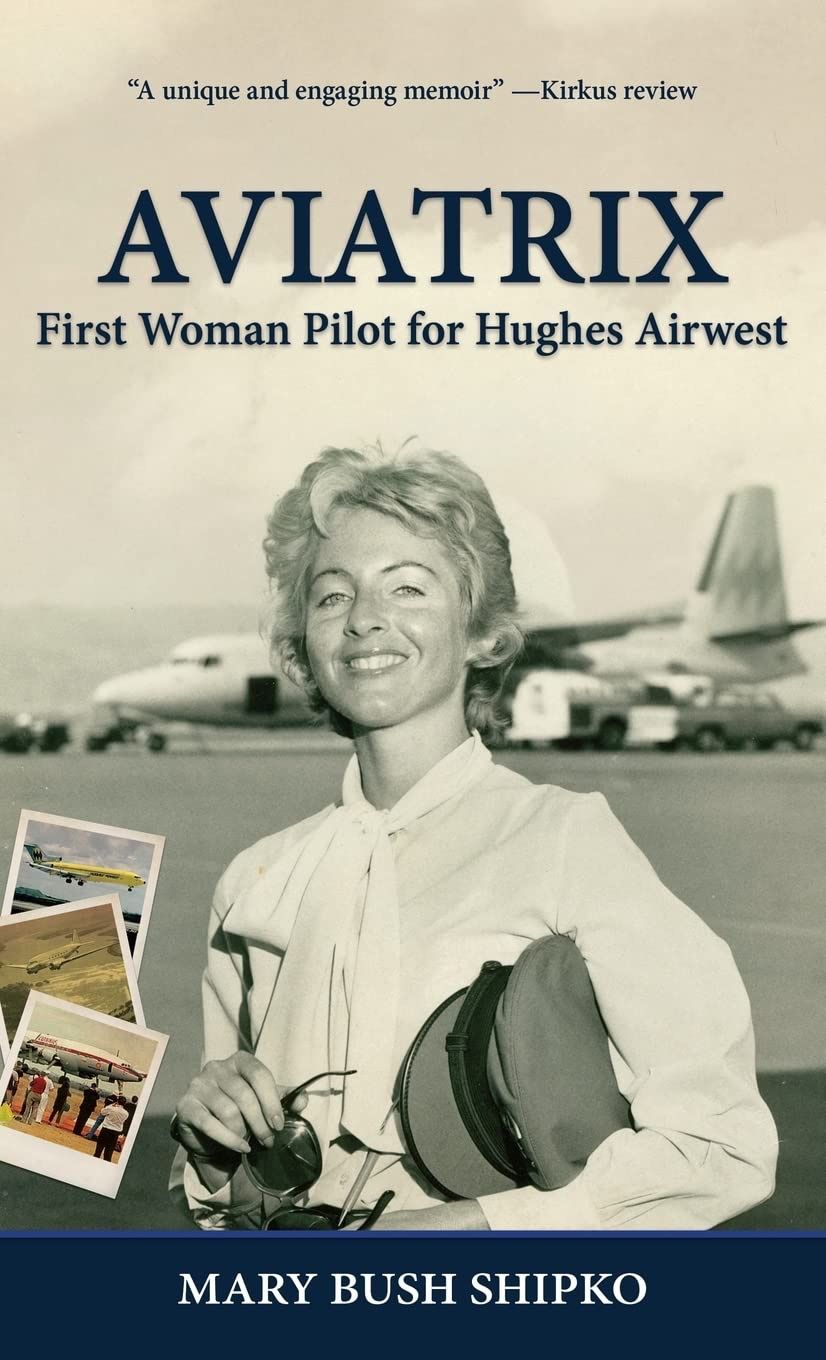
The White Rose of Stalingrad: The Real-Life Adventure of Lidiya Vladimirovna Litvyak, the Highest Scoring Female Air Ace…
During World War II, most of the air forces of the nations engaged in combat had women in their ranks, but only in the Soviet Union did women fly regular, routine missions in live-fire combat. Of all the major air forces that were engaged in the war, only the Red Air Force (Voenno-Vozdushnie Sily) had units comprised specifically of women. Initially, as with other air forces, the Red Air Force maintained an all-male policy among its combat pilots. However, as the apparently invincible German juggernaut sliced through Soviet defenses during the summer of 1941, the Red Air Force began to rethink its ban on women. By October 1941, authorization was forthcoming for three ground attack regiments of women pilots. Among these women, Lidiya Vladimirovna “Lilya” Litvyak soon emerged as a rising star in the Red Air Force. She shot down five German aircraft over the bitterly contested Stalingrad front, and thus become history’s first female ace. She would go on to more than double this score. She scored 12 documented victories over German aircraft, mainly fighters, between September 1942 and July 1943 during 168 combat missions. She also had many victories shared with other pilots, and a number of unconfirmed or probable victories, bringing her possible total to around 20. The fact that she was a 21-year-old female ace was not lost on the hero-hungry Soviet media, and soon this colorful character, whom the Germans dubbed “The White Rose of Stalingrad,” became both folk heroine and martyr.
n
nSeventy-five years after the disappearance of Amelia Earhart, wonderment and controversy about her death persists. Both died mysteriously. Lilya disappeared on August 1, 1943. Her body was not found until 1979 and controversy persists as to whether it was really her remains. While Amelia Earhart was deliberately and continuously celebrated as a pop culture icon, after her disappearance, Lilya was a “non-person” by the Soviet Union because she was MIA. As a result, Lilya was rarely mentioned in the Soviet media and popular culture until many years later, therefore forgotten except by those who knew her. By the time that she was found and rehabilitated by Michael Gorbachev in the 1980s, so much time had passed that she remained as an obscure footnote to a war that later generations knew only in an abstract way. This exciting new book will shed new light on one of the most intriguing women of the 20th Century.






